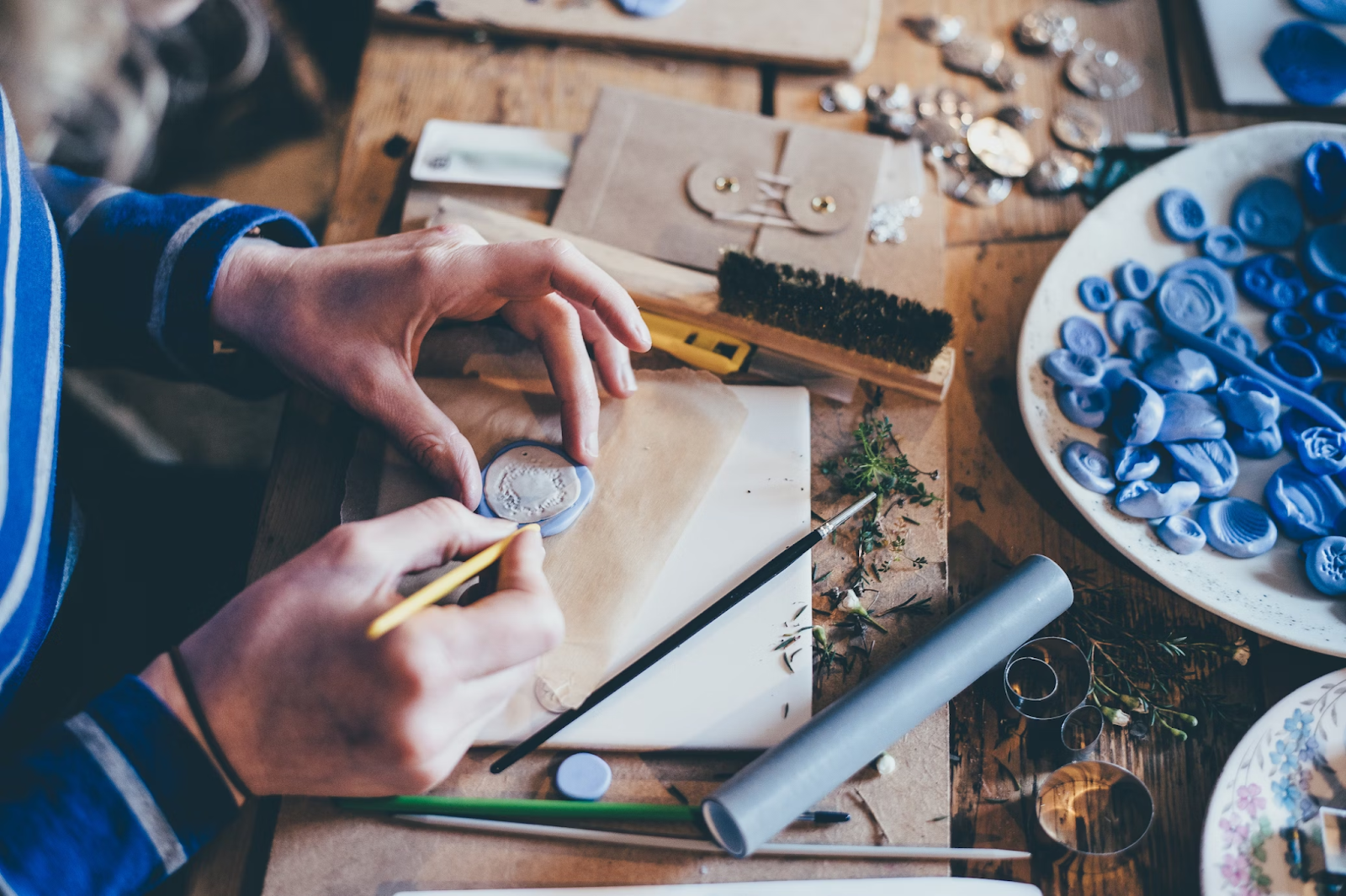
For the most part, crafting is known for being eco-friendly; it’s all about using what you already have and turning it into something else. Getting around to upcycling even the most simple of things, such as leaves, can be pretty rewarding. While crafting is usually instantly connected with eco-friendly practices, it’s not always like that. Think of craft stores; there are plenty of cheap and single-use plastic items, plenty of foam, which is awful for the environment, and more than enough items that will go straight to the landfill after use.
So half of the crafting industry is good and working to help the environment, and it’s like there’s this other half that’s working against it. But with that said, wherever you fall in this, there’s always room for improvement, and there’s always room for making positive changes for the world. So, here’s how every crafter can become more eco-friendly!
Always Upcycle and Repurpose When You Can
One of the most eco-friendly approaches to crafting is upcycling and repurposing materials; these are usually done the most when it comes to crafting, so if you’re doing this, then keep up the good work! Before you toss old clothes, furniture, or household items, consider how they can be transformed into something new and exciting. In general, upcycling not only reduces waste but also adds a creative challenge to your crafting. One rule of thumb is to use what you have before buying something else, and if you’re buying something else, get it from the thrift store first (or secondhand) before buying it brand new from a store.
Focus on More Eco-Friendly Crafts
Not all crafts are eco-friendly; think of faux flower arrangements; those are almost always made from plastic, which isn’t able to decompose, and the floral foam used is harmful to the environment, too. So, instead, switch to real flowers and chicken wire. This is just one example, but there are plenty of crafts out there which isn’t exactly eco-friendly, so it’s best to switch to ones that use little to no waste or are able to easily decompose.
Just think of stickers, for example. You can make these with your computer (which nowadays doesn’t need much energy to run), and you can focus on printing your own sheet stickers with eco-friendly paper and eco-friendly ink. It’s just a small example, but in general, always look into eco-friendly crafts rather than doing any harmful ones. Look into Sustainable Materials
When purchasing materials for your crafts, it’s going to be best to go ahead and opt for sustainable and eco-friendly options. Meaning that you’ll want to look for supplies made from recycled or organic materials. Some great examples would be using hemp, bamboo, organic cotton, and recycled paper, and oftentimes, these can be easily found in craft shops on and offline.
Avoid Single-Use Plastics
Ideally, try to avoid these at all costs. Unfortunately, there are a lot of single-use plastics when it comes to craft supplies; it’s a bit disheartening in a way.
Consider the Adhesives You’re Using
Did you know that not all adhesives are environmentally friendly? It seems small, but even this can make a big difference. So, you’re going to want to select eco-friendly glues and adhesives that are non-toxic and water-based. You can just do some research on this and find an affordable brand that works for you.

No comments:
Post a Comment